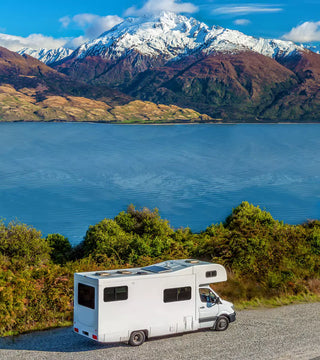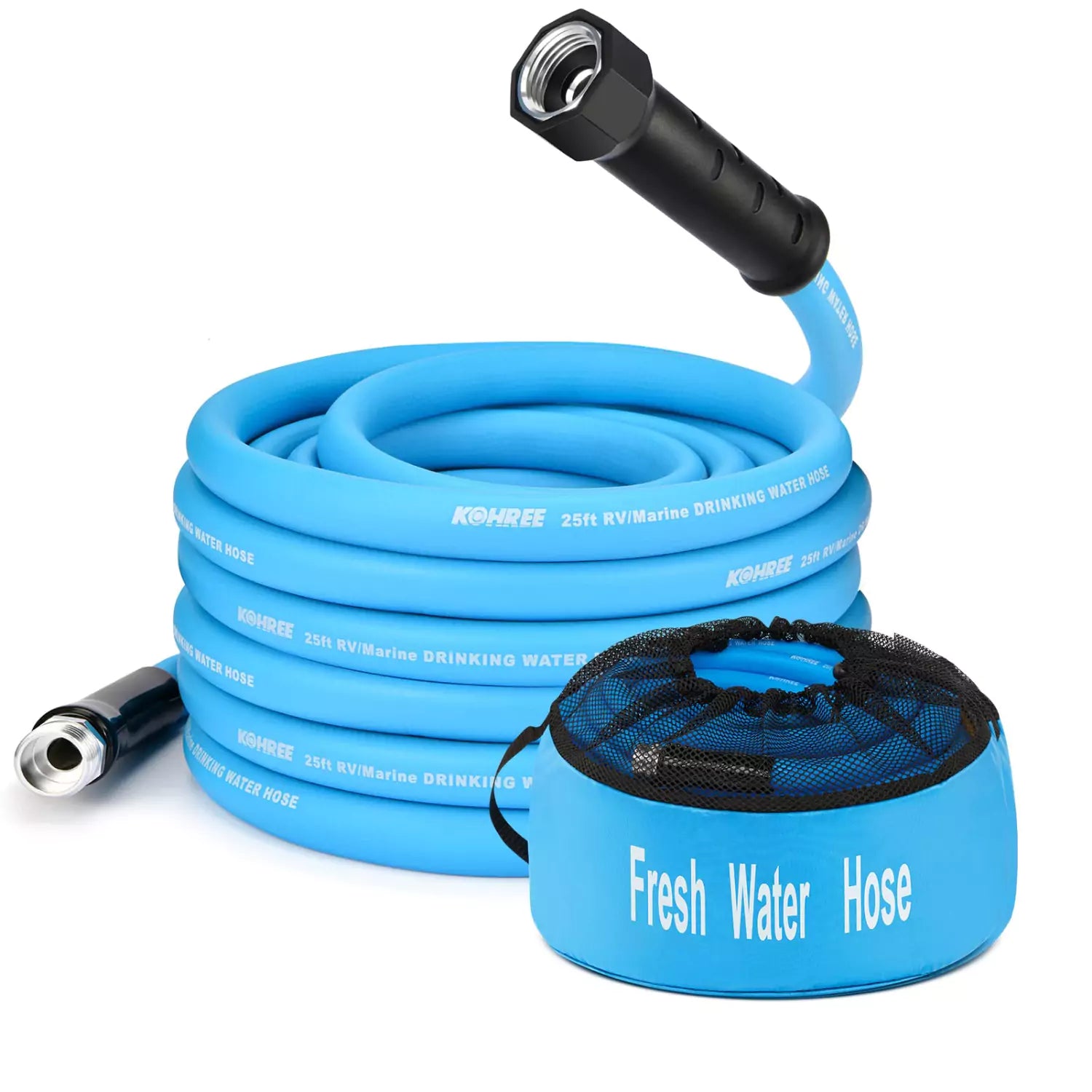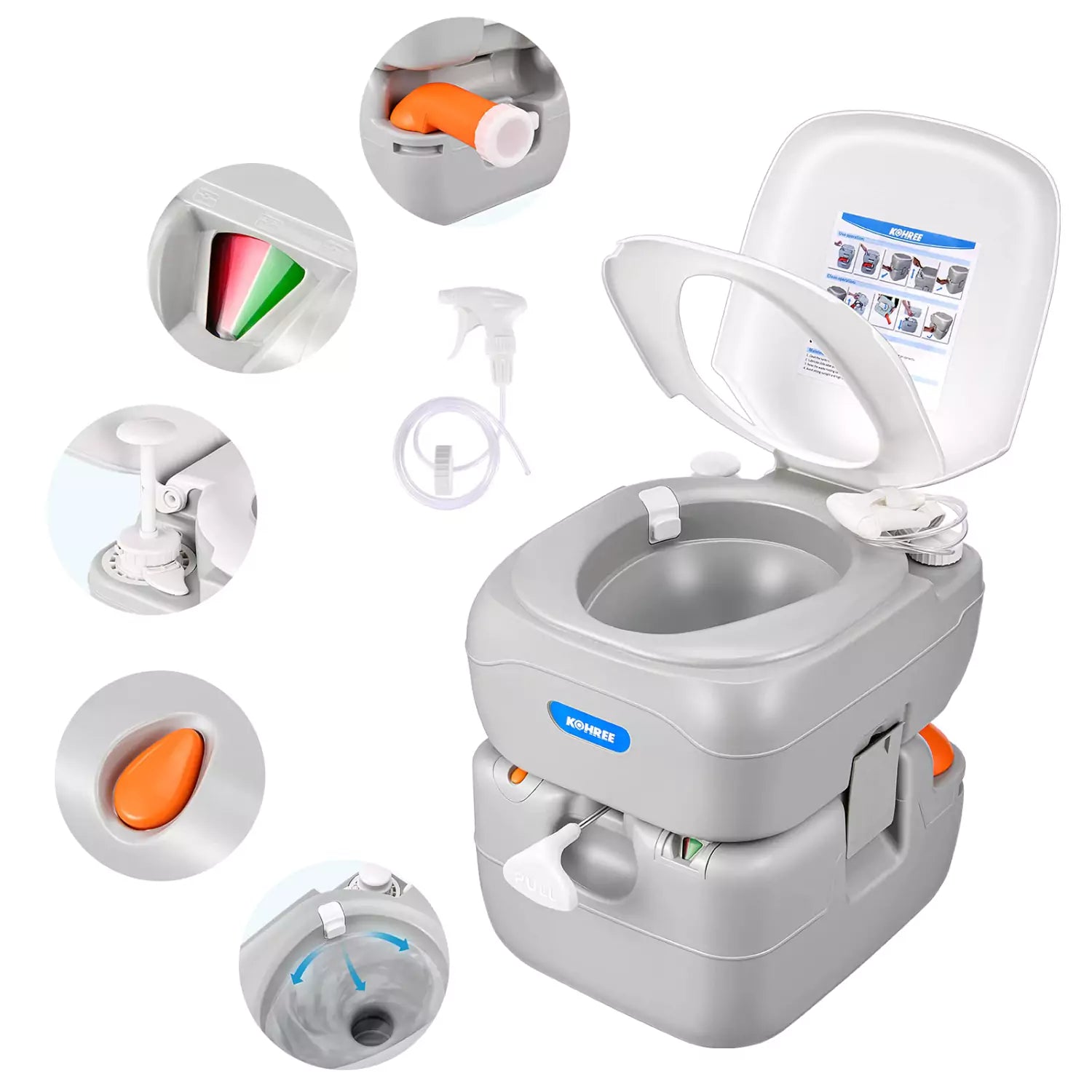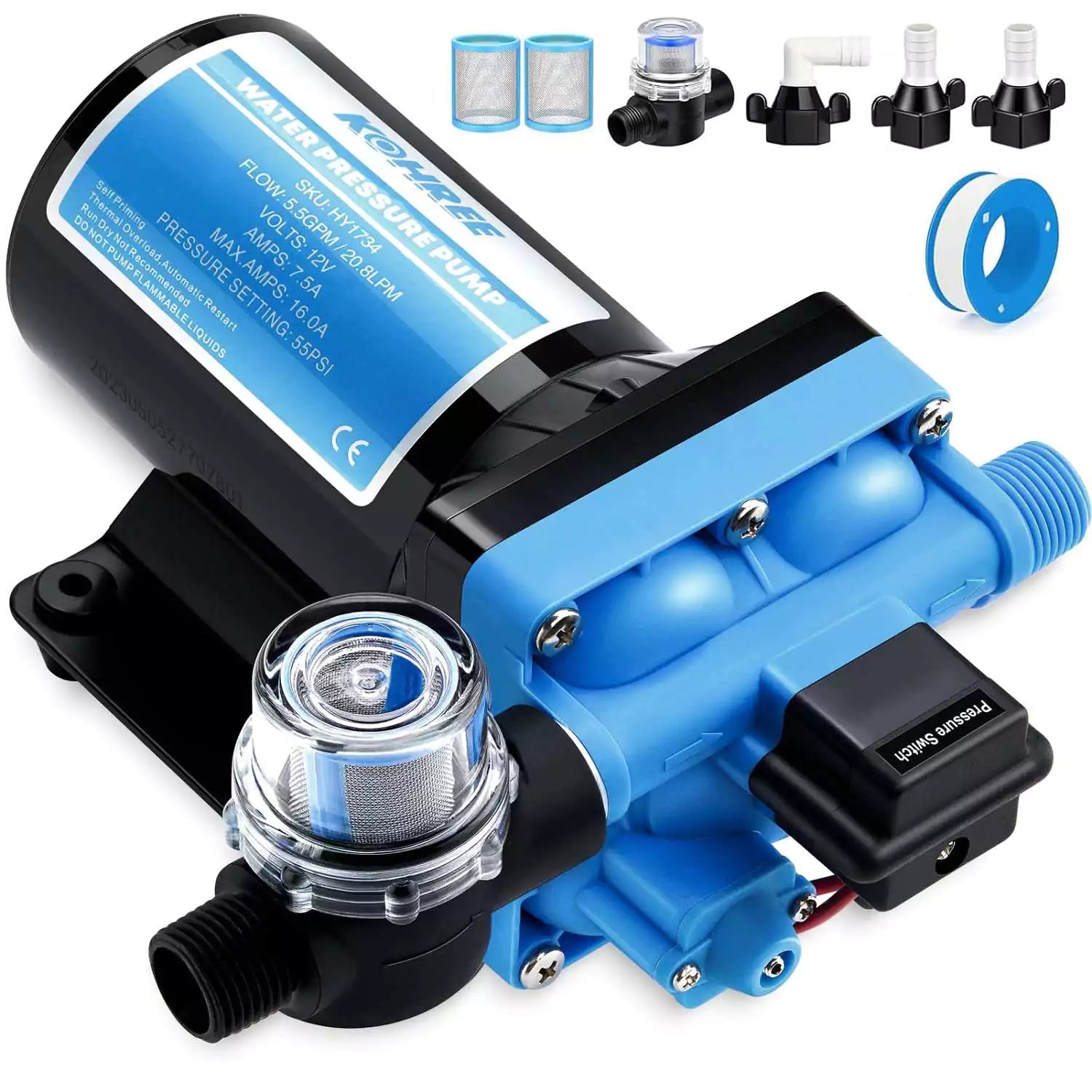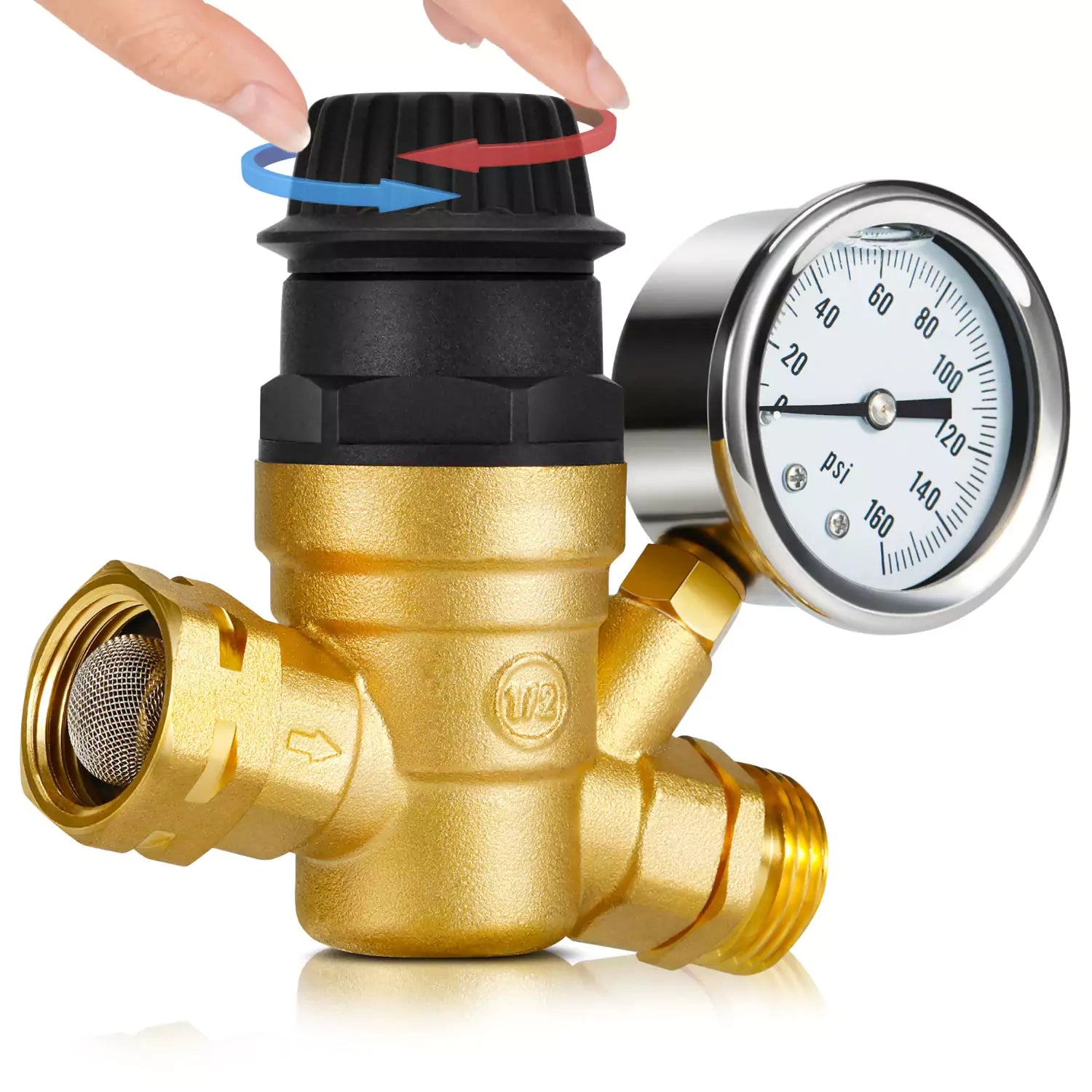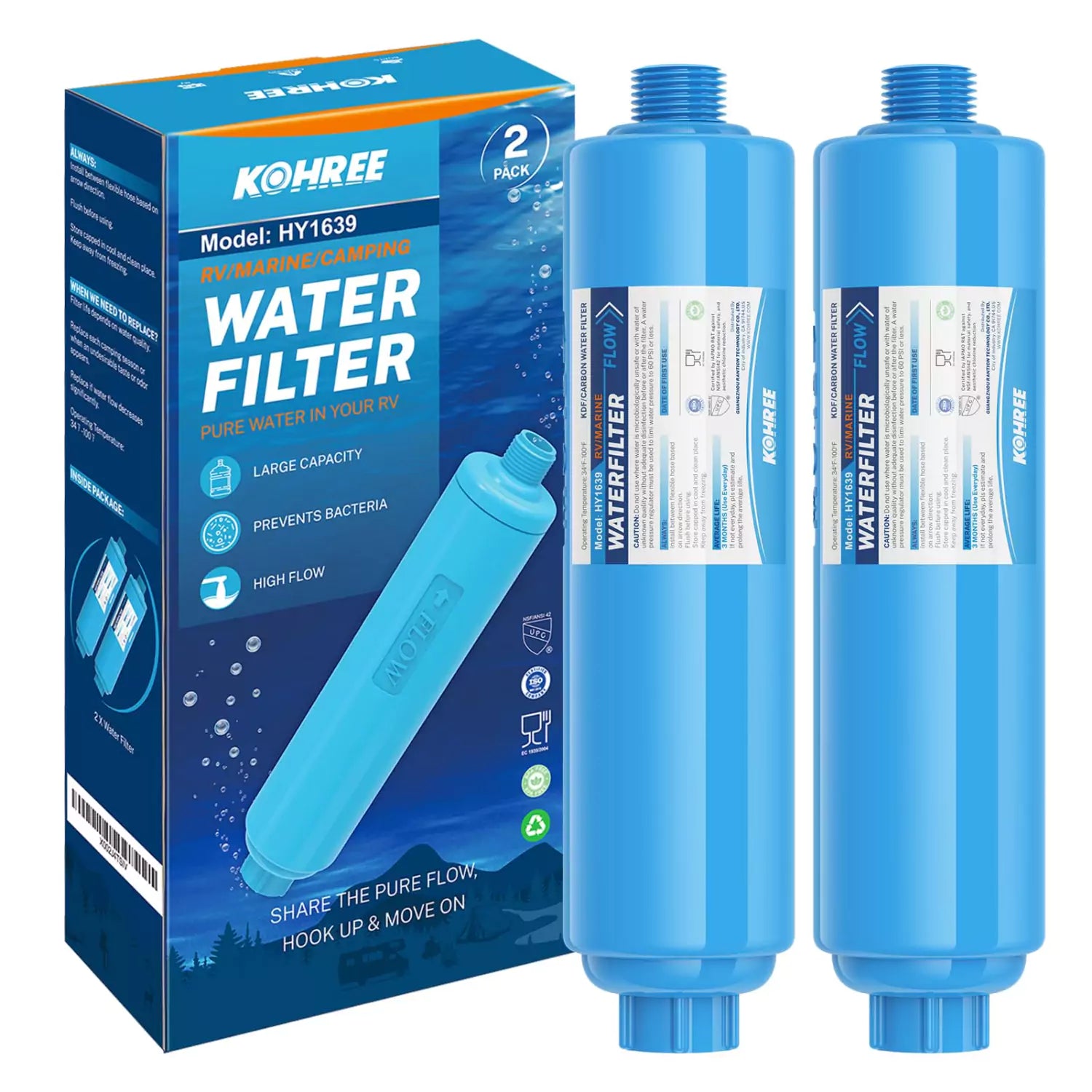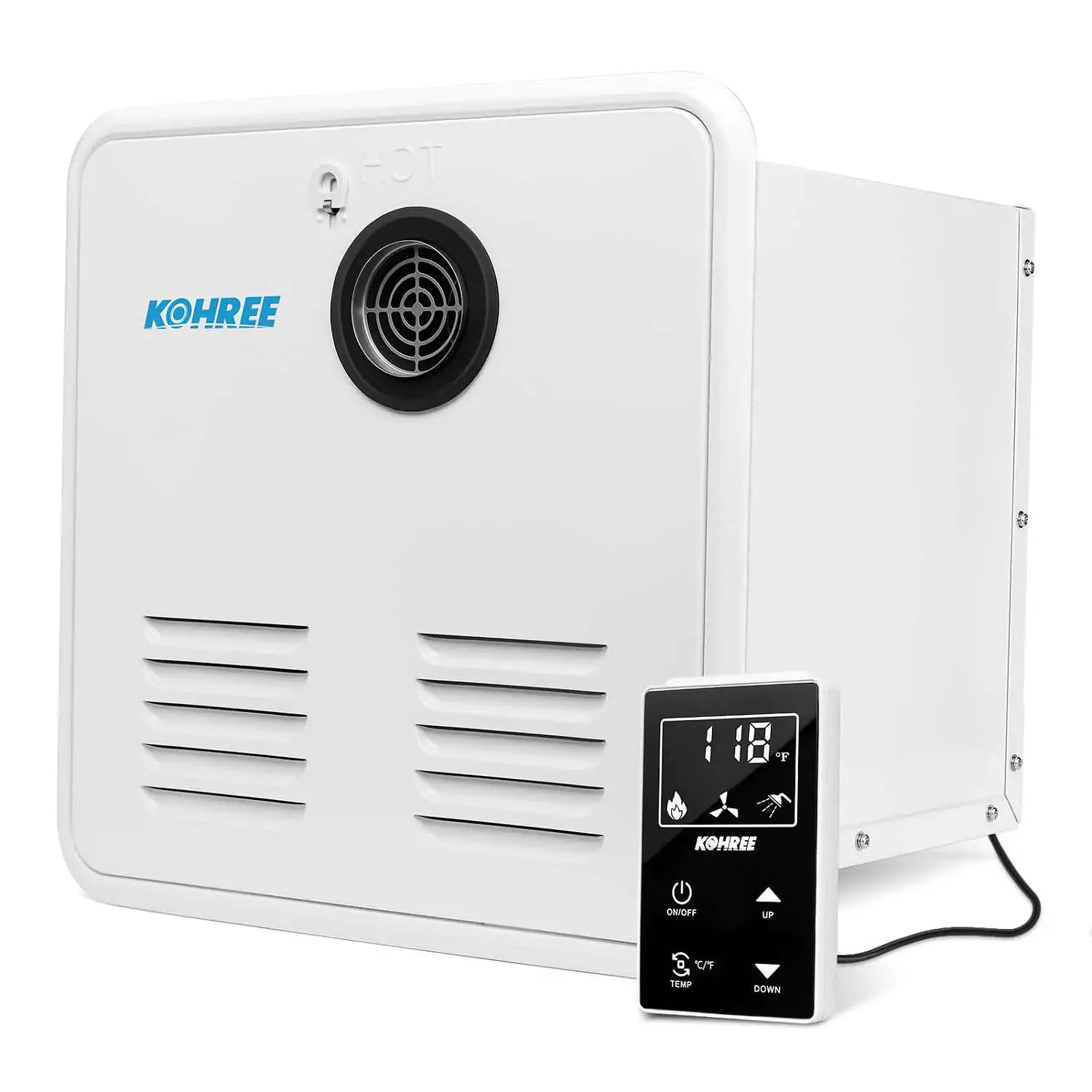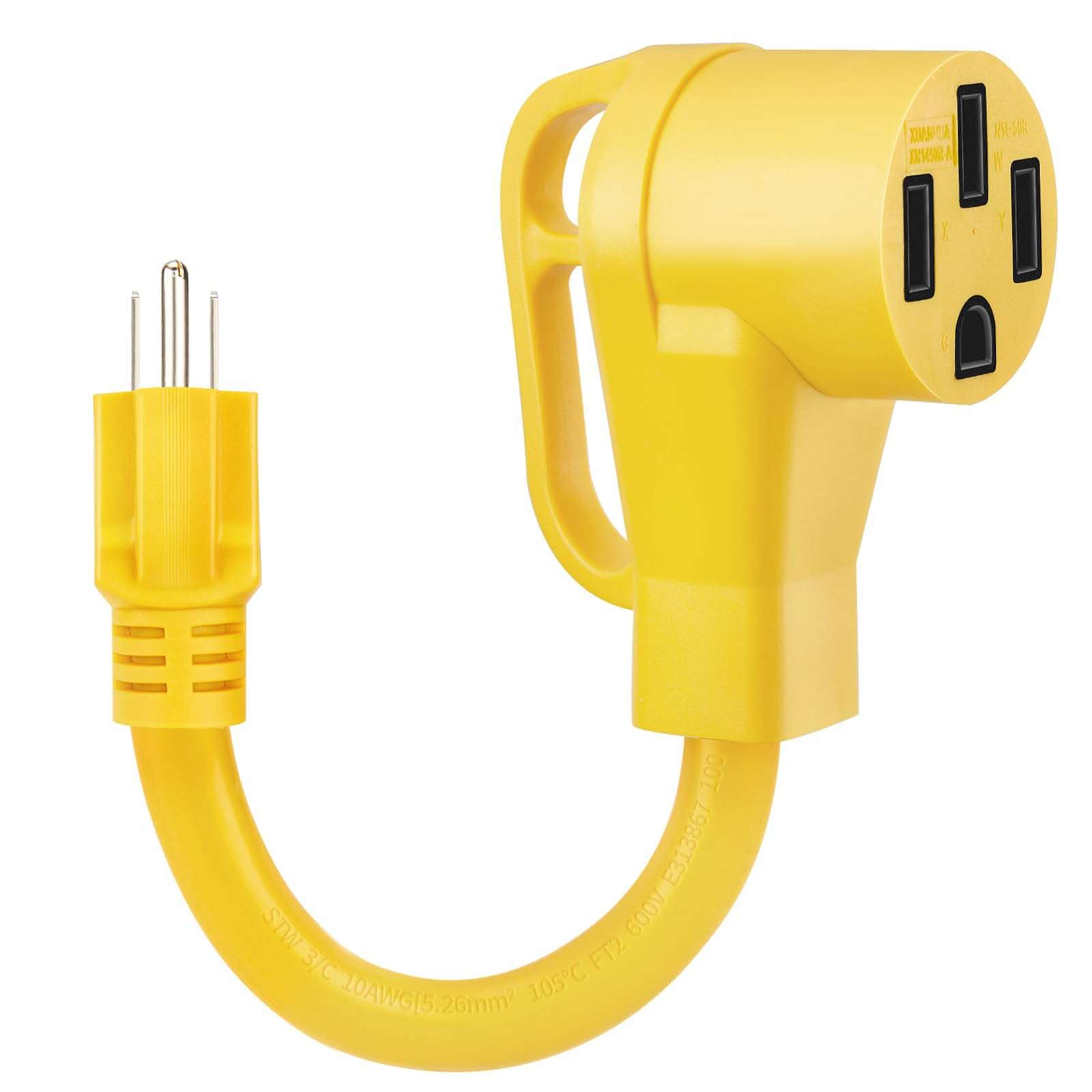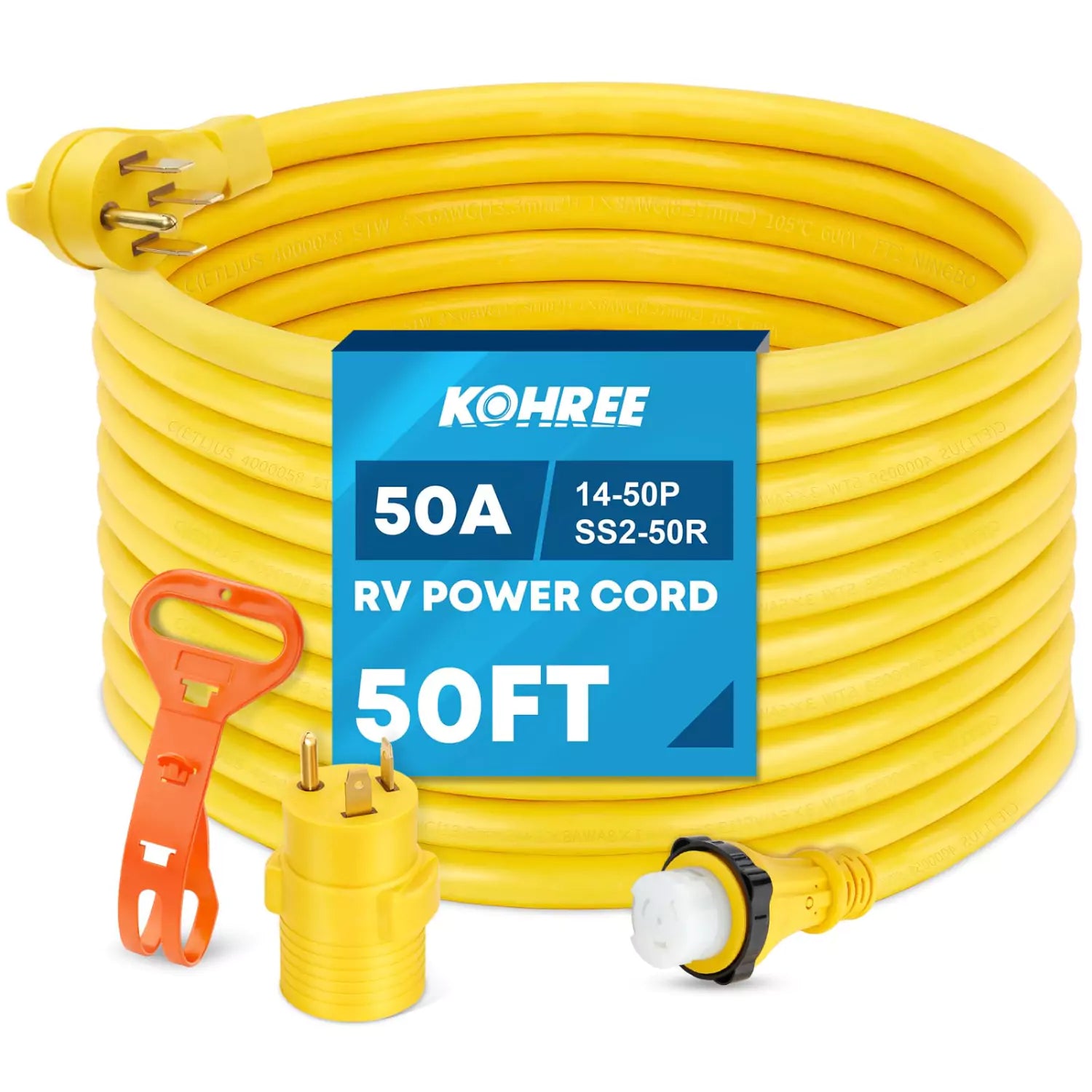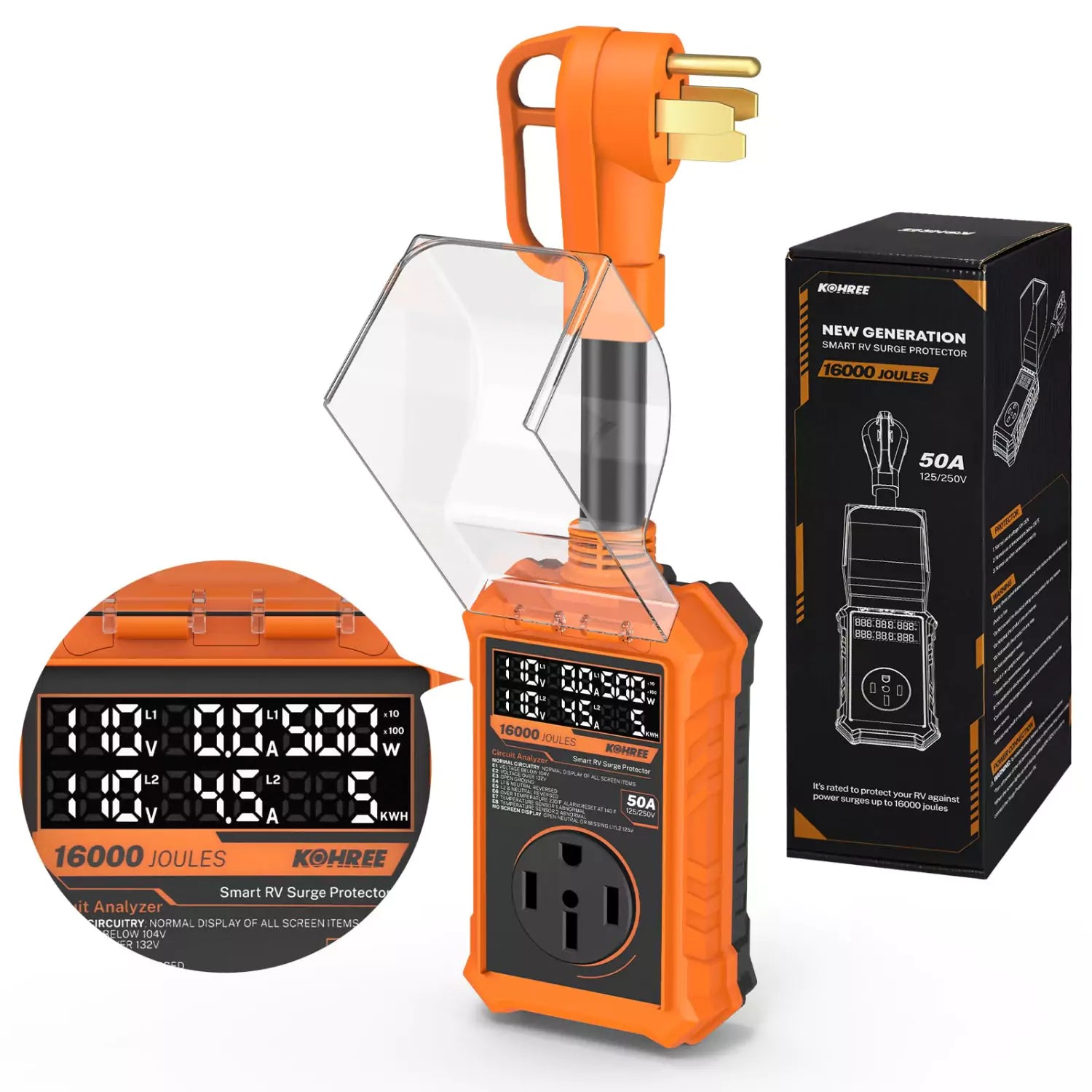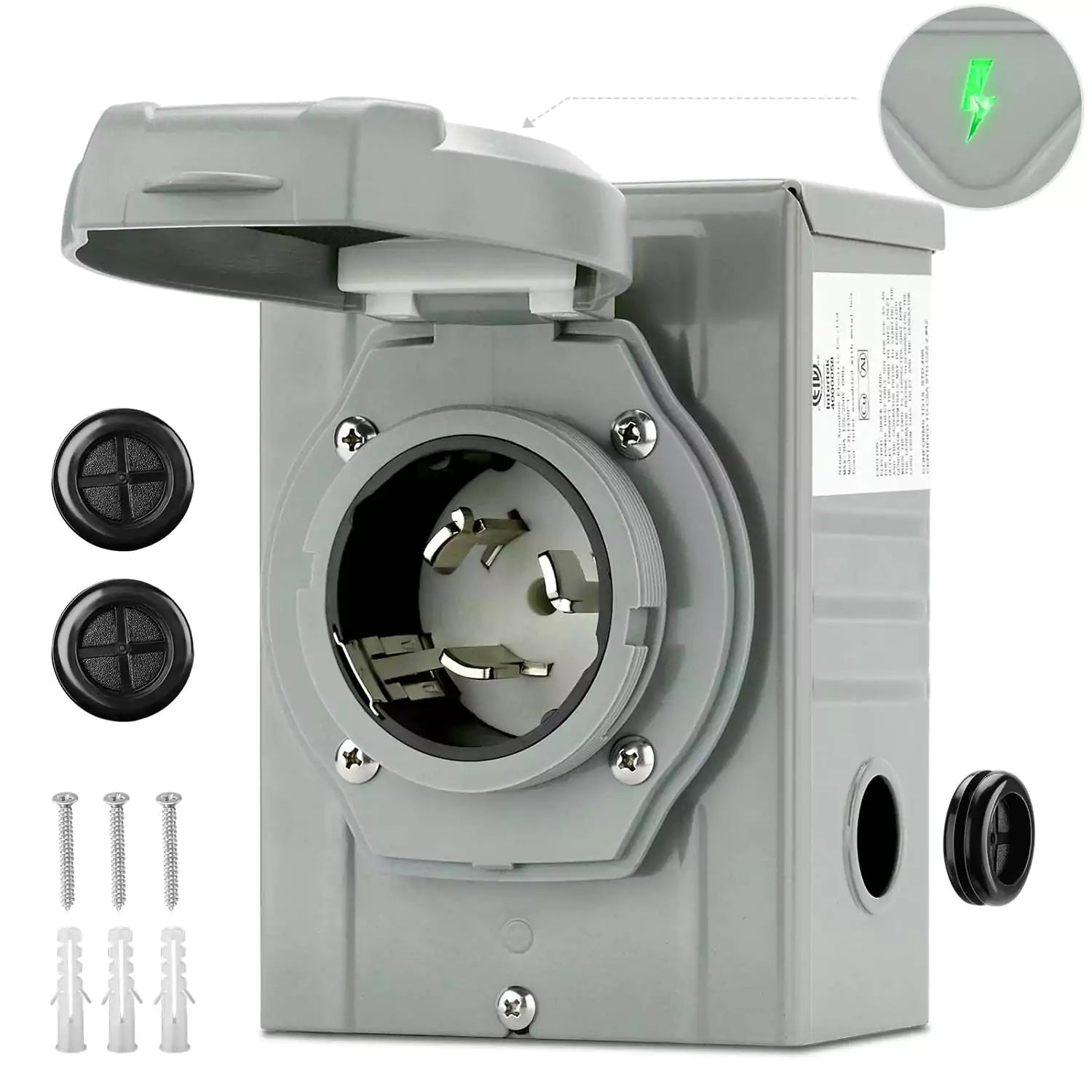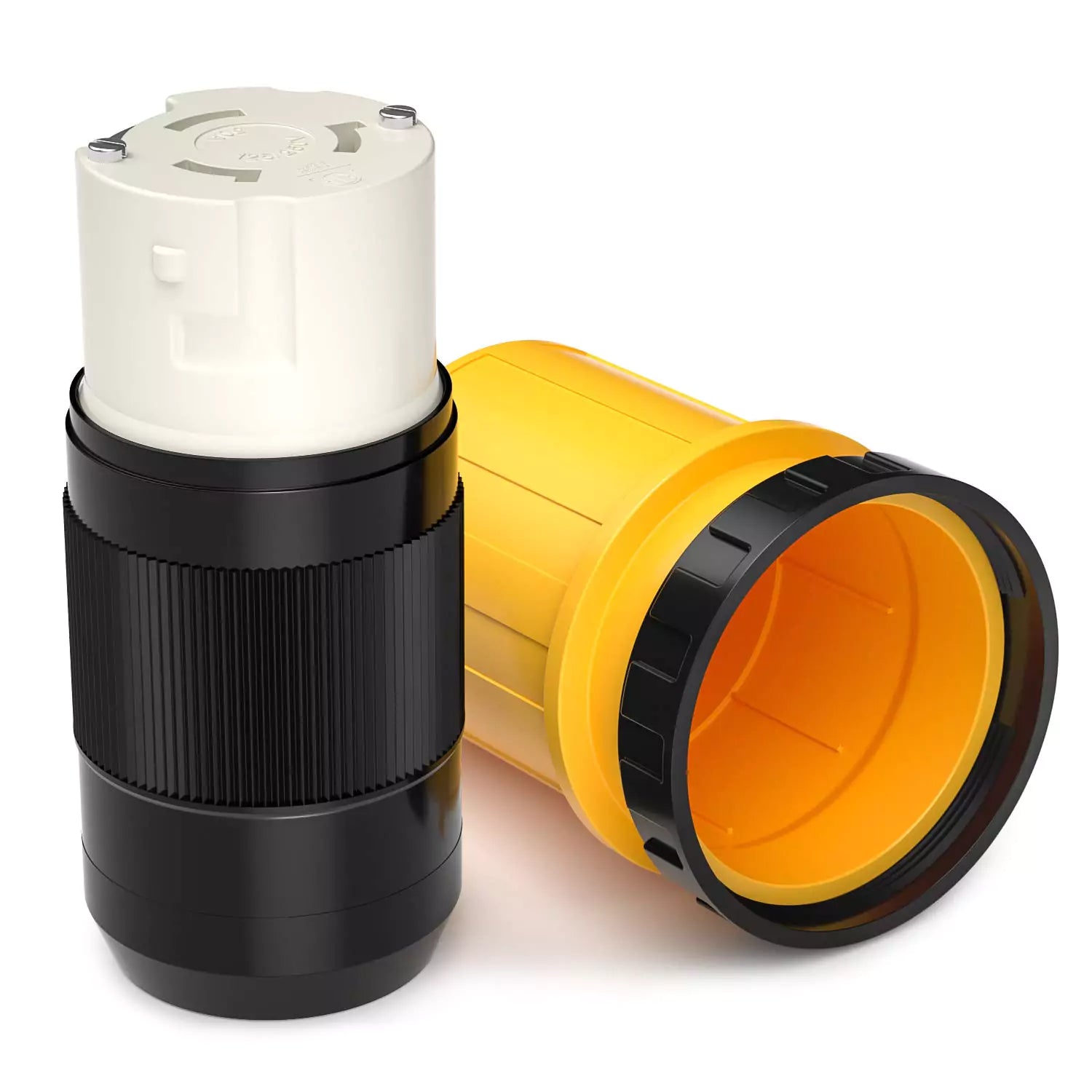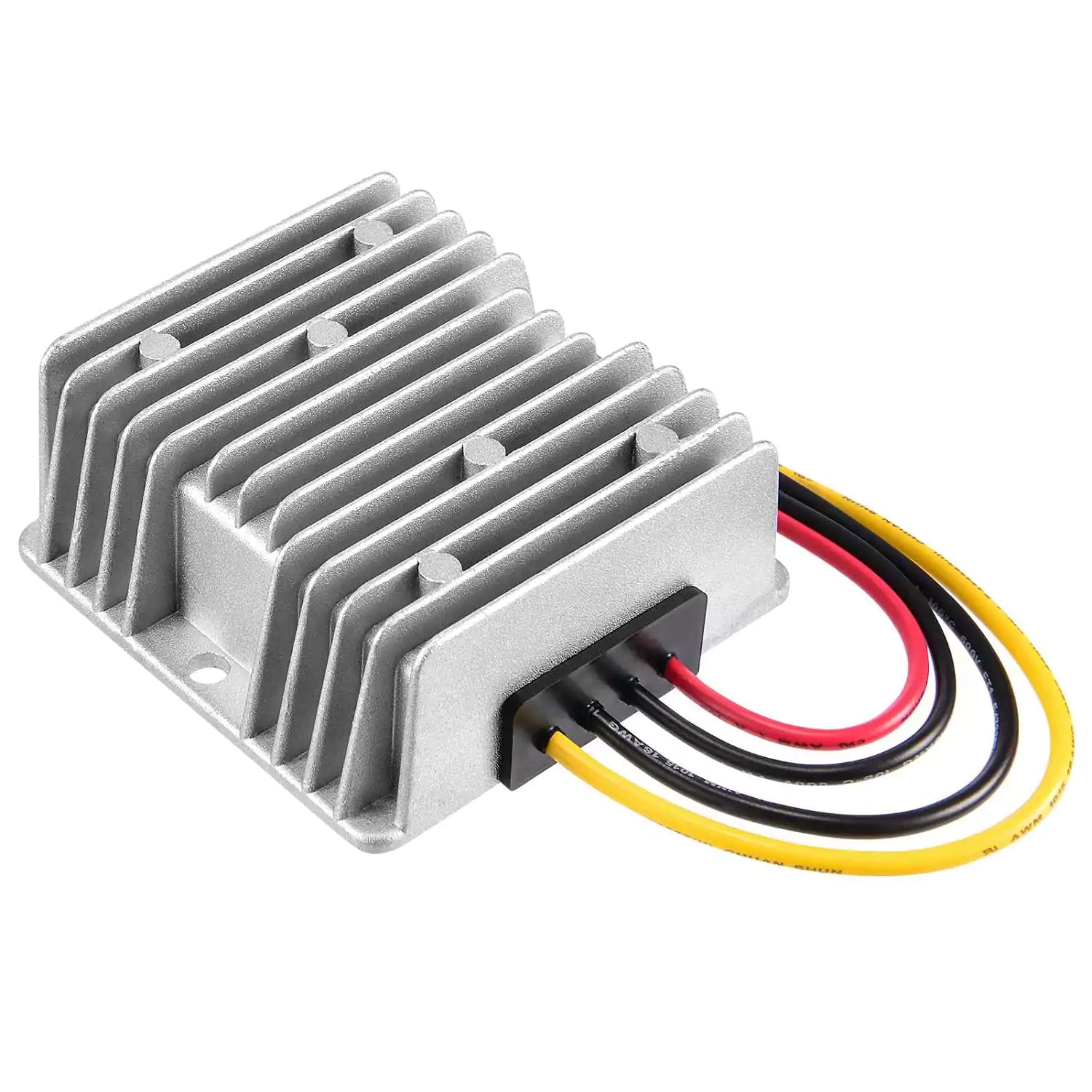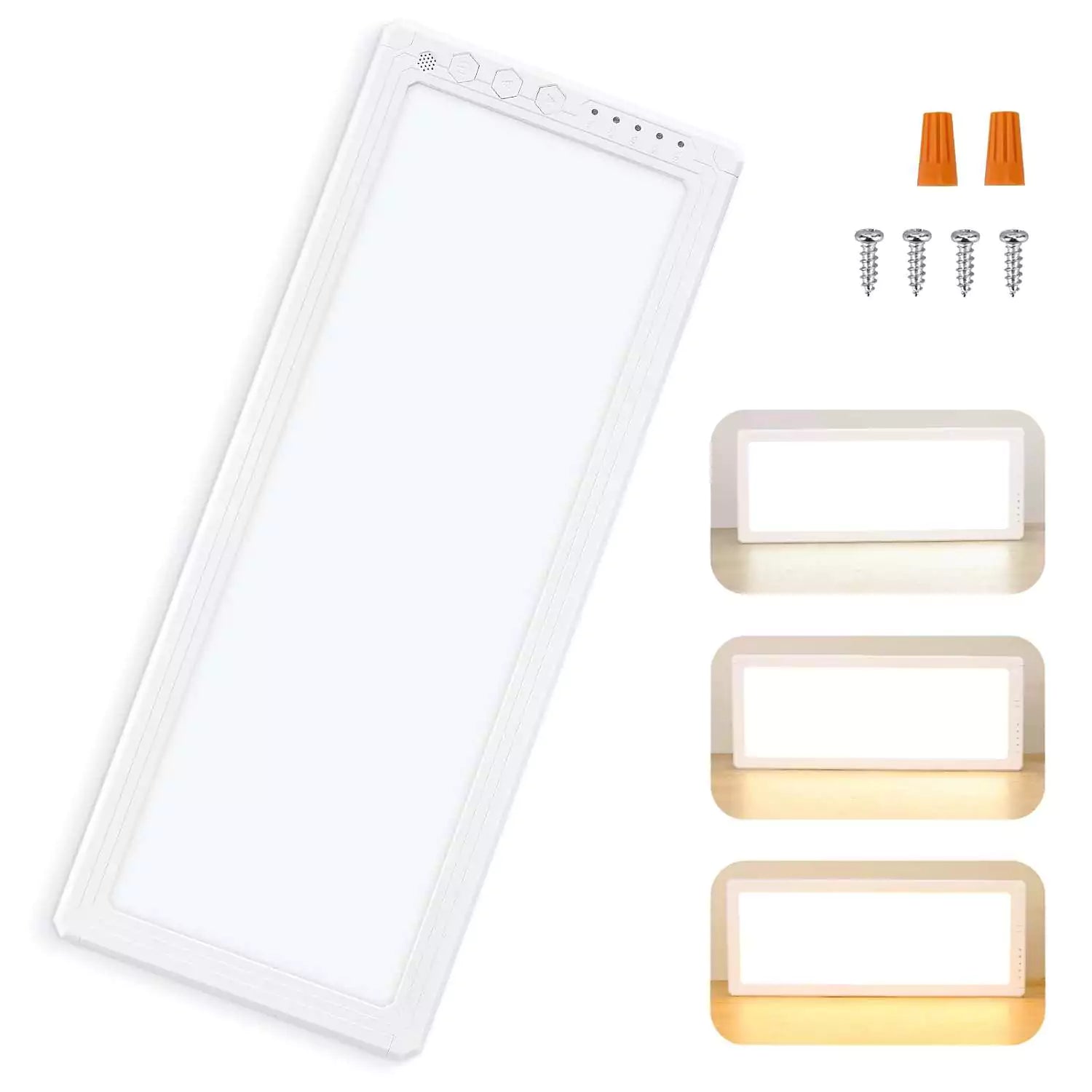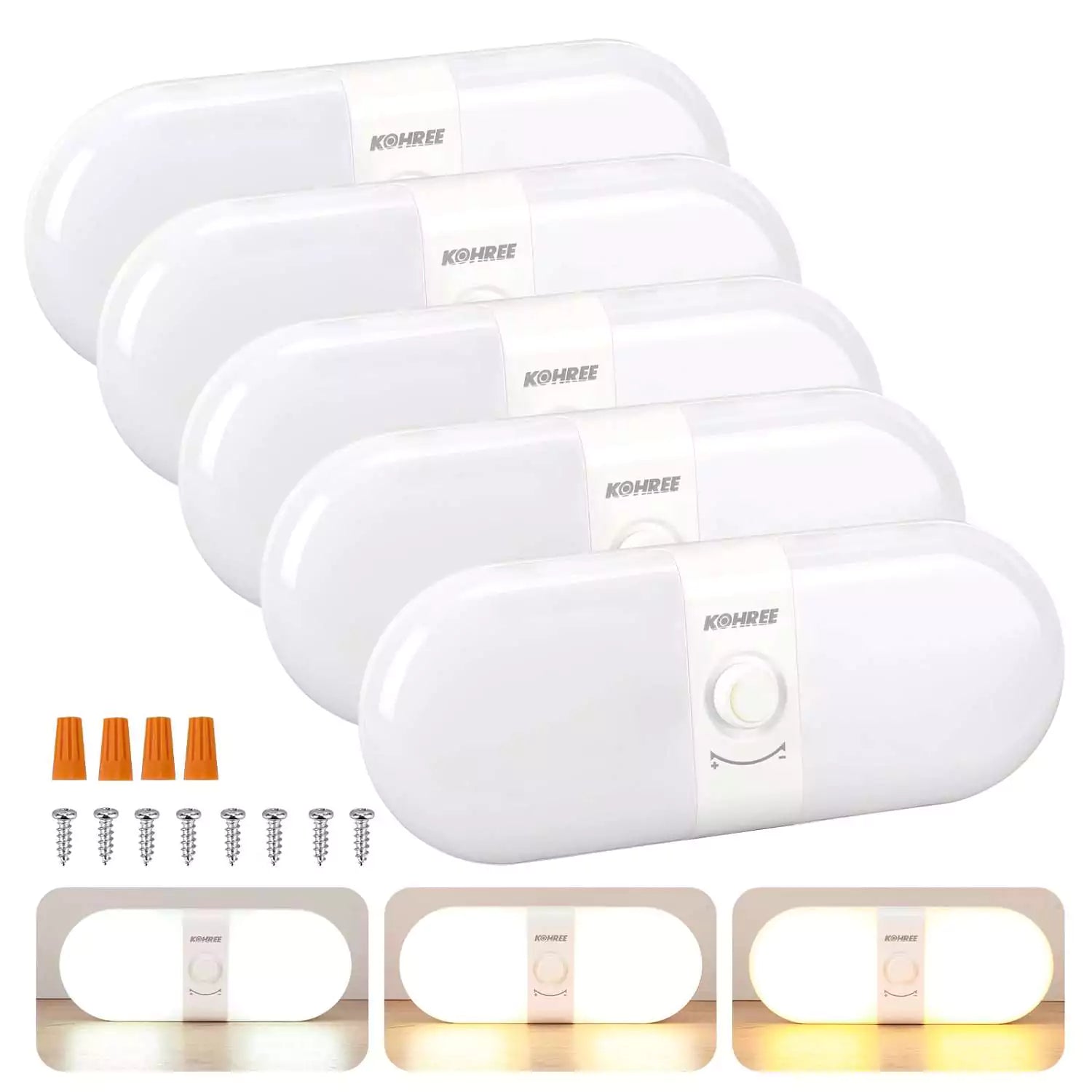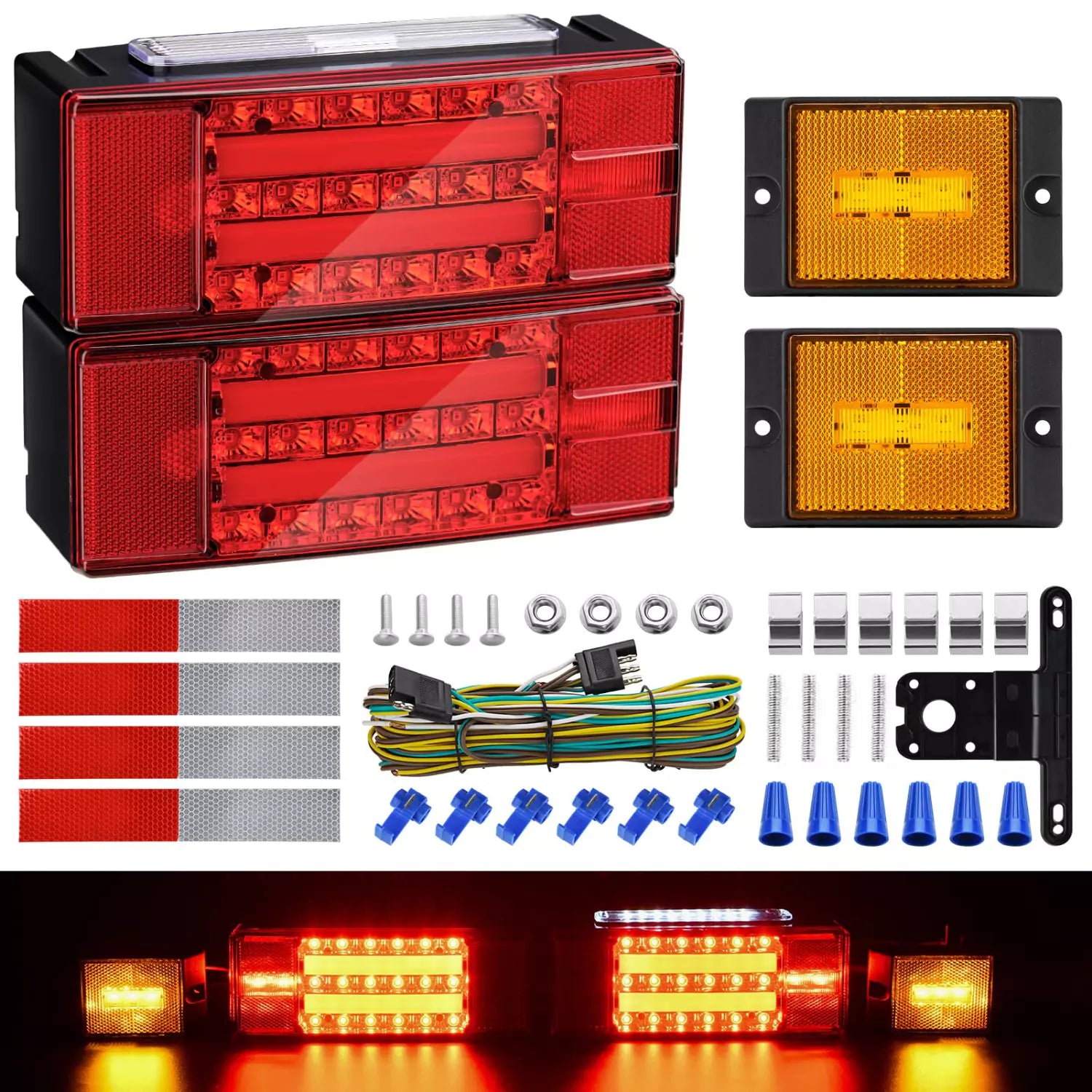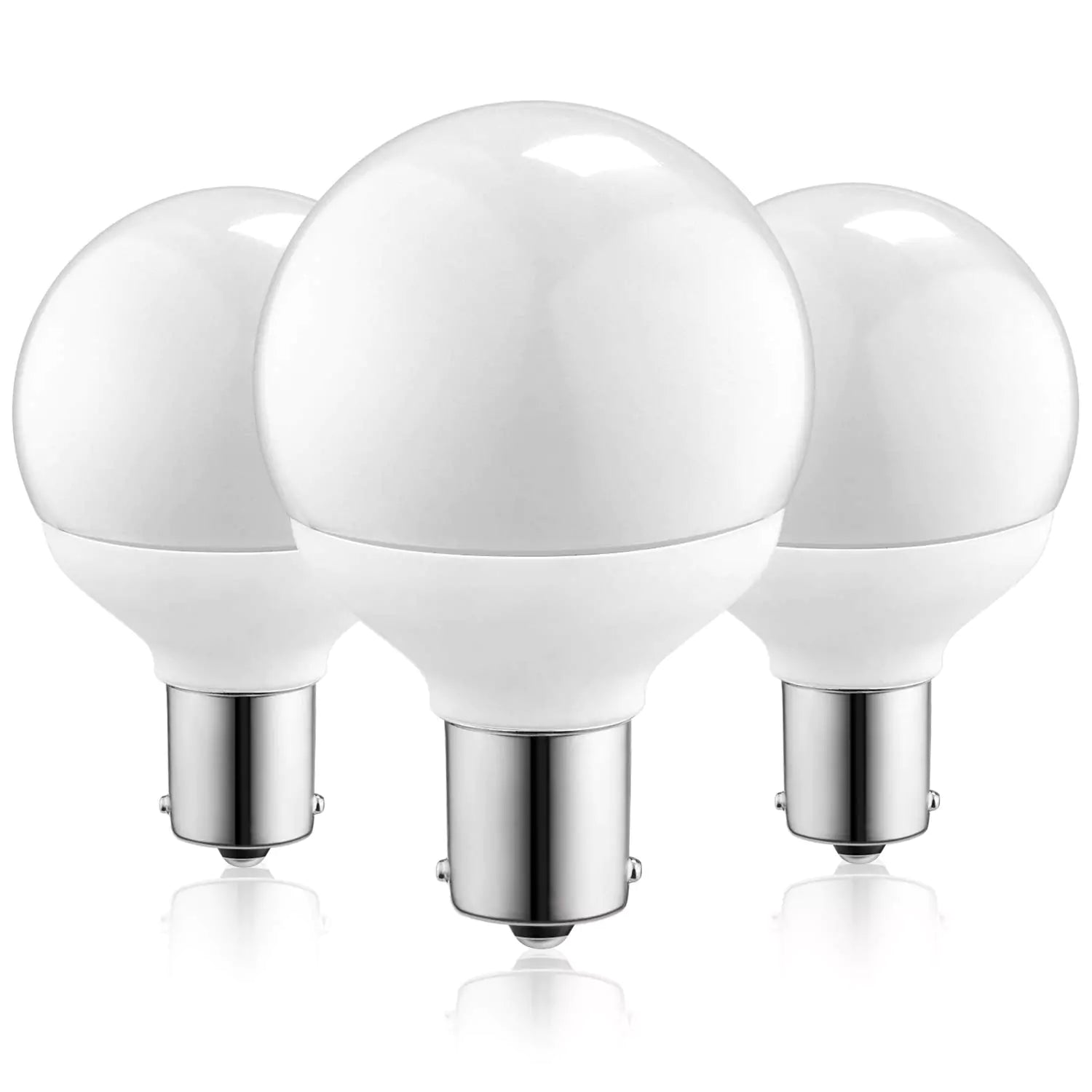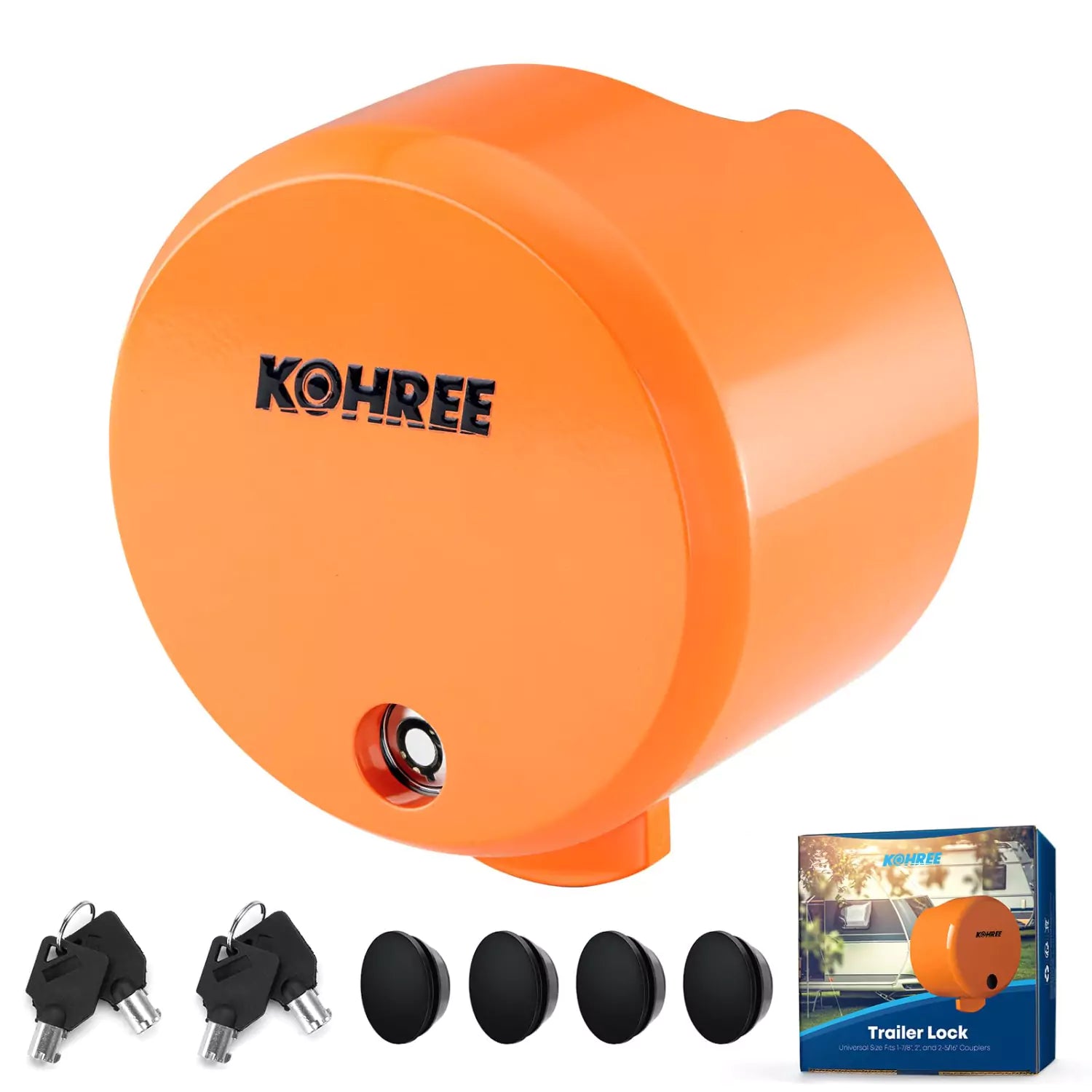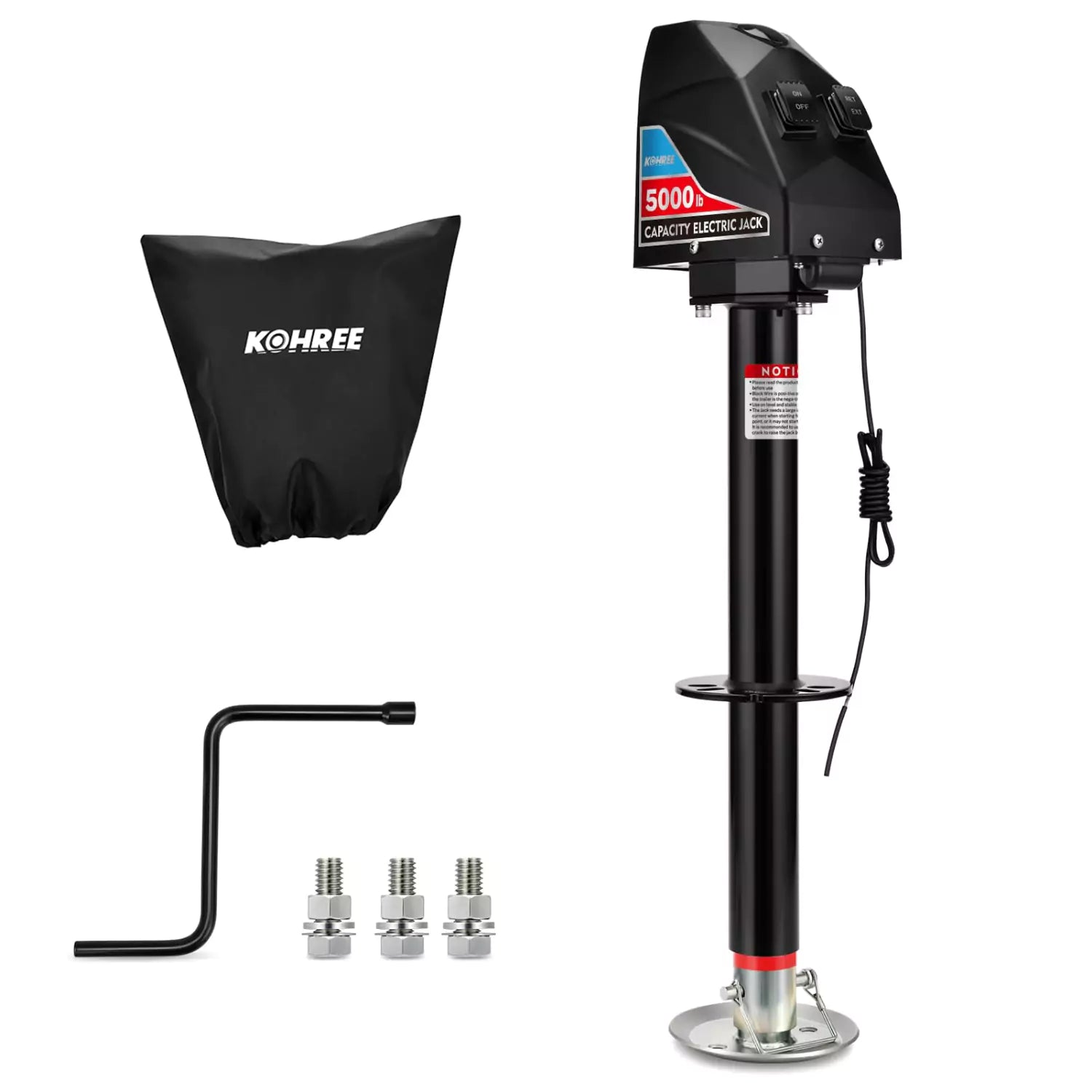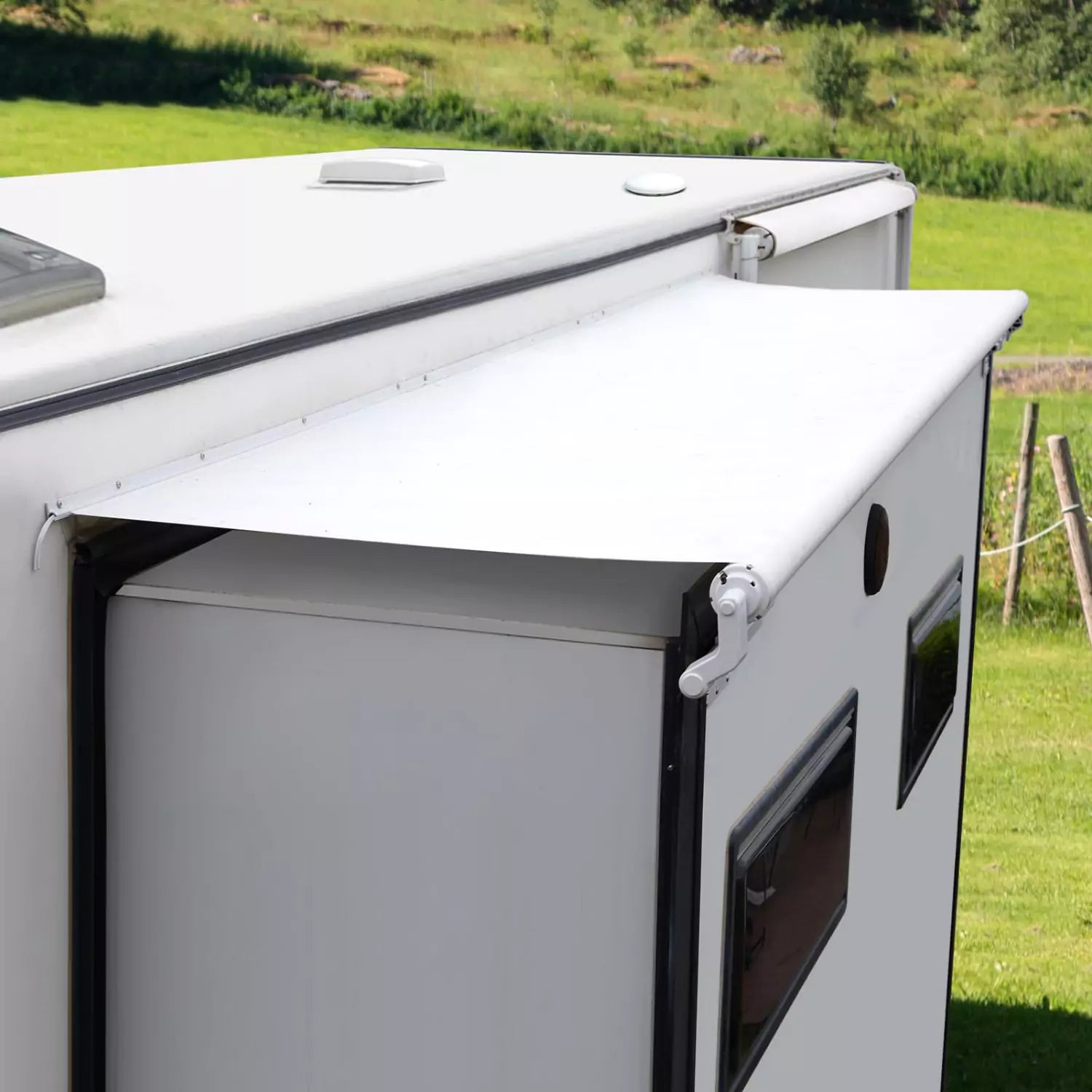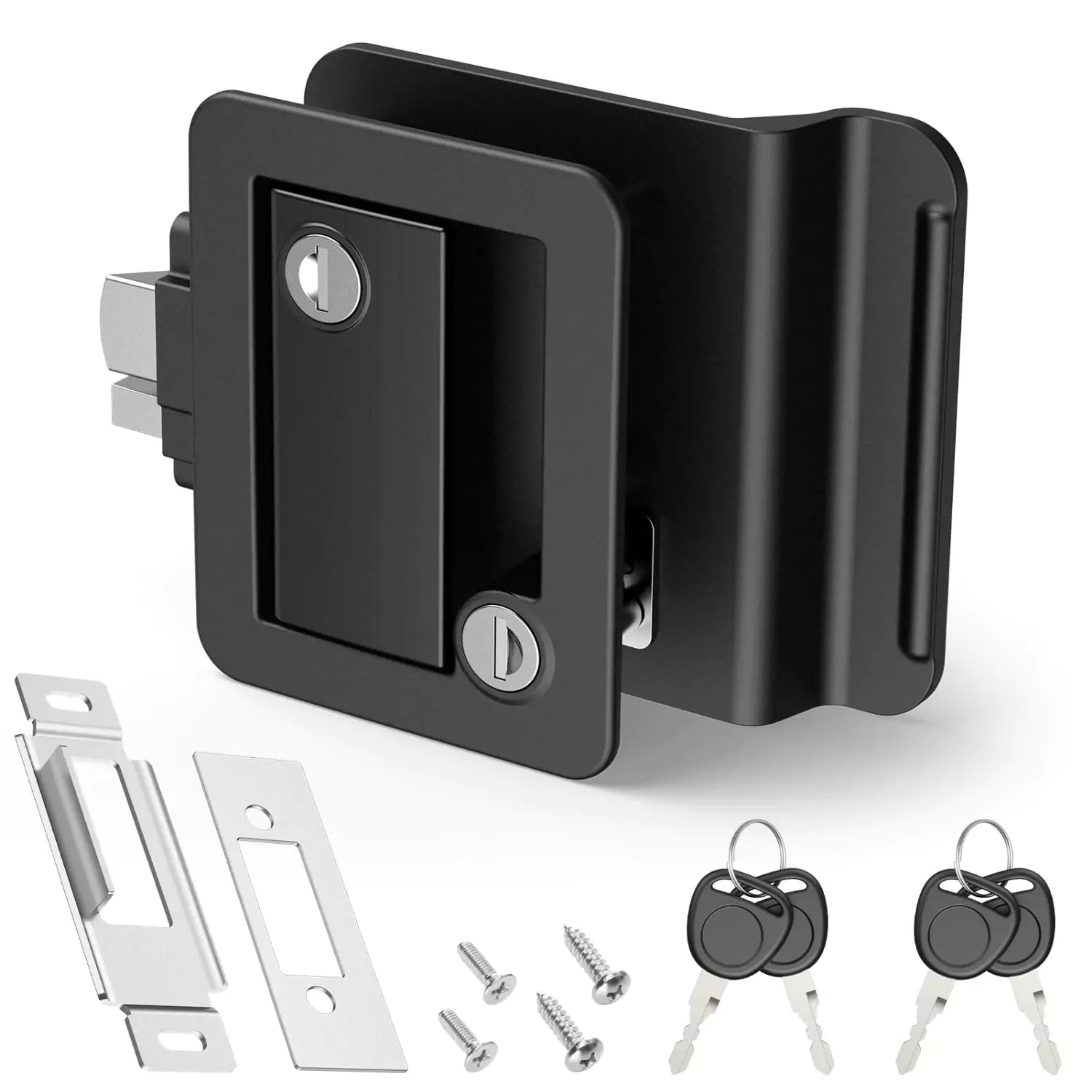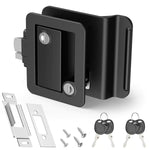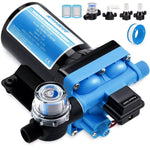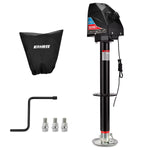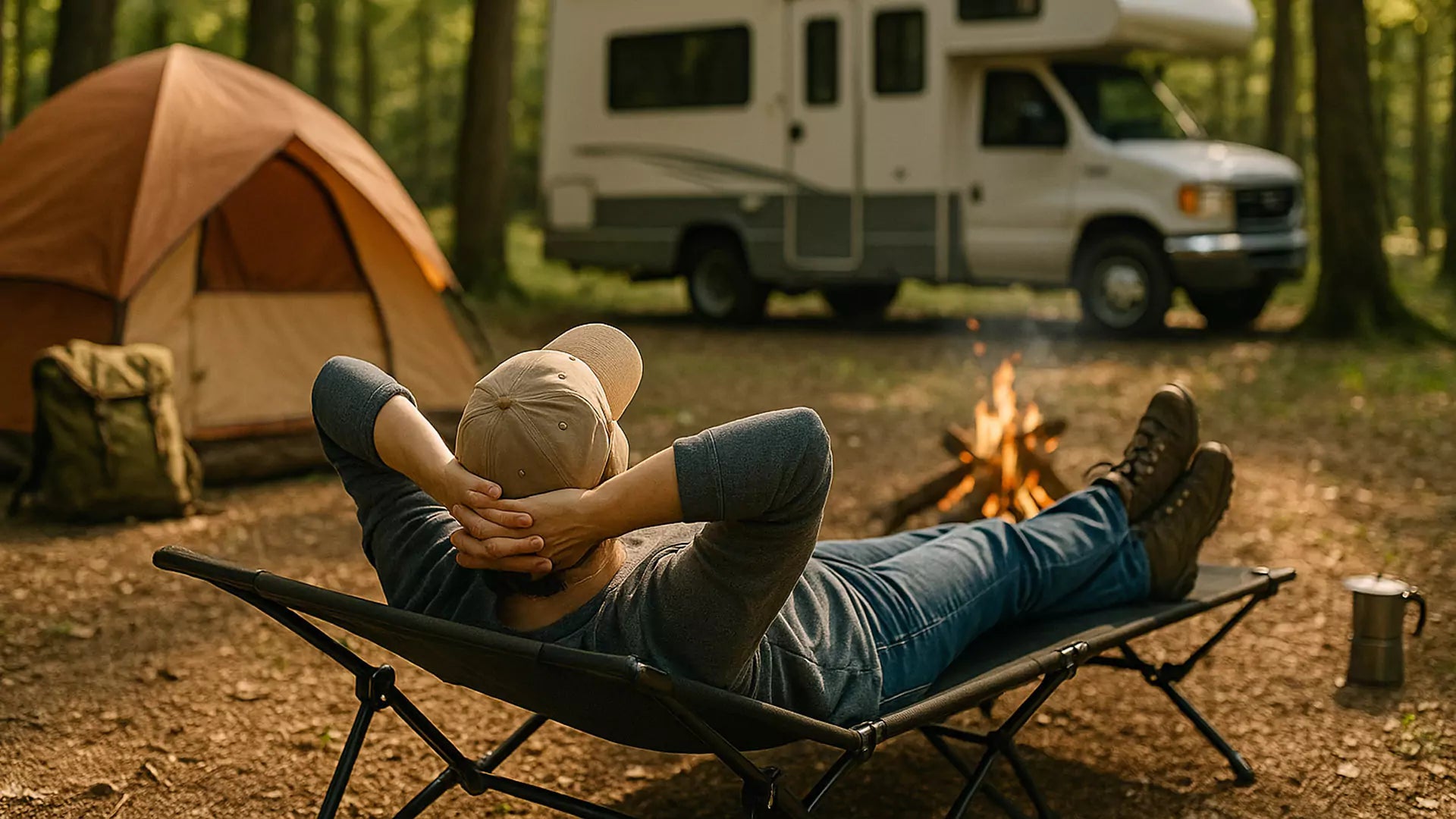Why Your Sleep Surface Matters Outdoors
Have you ever experienced this? After a day of incredible hiking, conquering mountains, and paddling across a serene lake, you expect to enjoy the glittering night sky. Instead, you spend the next few hours battling a cold, hard ground.
In the past, we often obsess over our sleeping bags, spending hundreds on down fill and technical fabrics, but completely overlook what's underneath us. Even the best sleeping bags can't match the comfort and protection of being properly elevated off the ground.
This best camping cot buying guide will show you exactly how choosing the right cot elevates your comfort, protects your health, and transforms your entire outdoor experience. As we head into 2025, the variety of camping beds (including portable cots, traditional foam pads, and inflatable air mattresses) and camping cot design has evolved dramatically with breakthrough materials, hybrid designs, and sustainability features that make them more appealing than ever.
We're seeing ultralight materials borrowed from aerospace, modular designs that adapt to different adventures, and eco-friendly manufacturing that doesn't sacrifice performance. If you've been on the fence about adding a cot to your gear collection, this is the year to leap.

What Exactly is a Camping Cot, Anyway?
Think of a camping cot as a portable, elevated bed frame designed for the wild. It's not your grandma's dusty spare cot or a flimsy cot bed for a surprise toddler sleepover. A true camping cot is built with three key parts: a sturdy frame (usually aluminum or steel), a durable fabric surface (often canvas, polyester, or high-tech textiles), and a suspension system that holds it all together. They've evolved from heavy, creaky military surplus relics into sophisticated pieces of gear engineered for portability and support.
Folding Camping cot: Specifically designed for portability and outdoor use, prioritizing weather resistance and packability. In the following article, we'll focus on describing this type of foldable camping cot, as it's one of the most suitable pieces of gear for outdoor camping.

Traditional cot: Typically refers to a basic folding bed designed primarily for indoor or semi-permanent use, often featuring heavier steel construction and basic fabric. It's generally not intended as a travel bag.

Cot bed: This term generally refers to larger, more luxurious camping cots that approach the dimensions of a twin mattress.

It is worth mentioning that if you’ve ever wondered about the whole camping cot vs air mattress debate, cots win for elevation, durability, and breathability every time. No punctures, no sagging, and no surprise deflation at 2 a.m.
Why a Camping Cot Deserves a Spot in Your Gear Kit
A cot it's a strategic tool:
-
Superior Comfort & Support: This is the headliner, folks. A cot provides a firm, even surface that promotes proper spinal alignment. Unlike an air mattress, it won't sag in the middle or feel like a waterbed every time you move. This means blissful relief for your pressure points (hips, shoulders) and waking up refreshed. It won't make you feel the pain of a stiff neck the next day.
-
Enhanced Insulation & Protection: The ground is a massive heat sink, and even with a good sleeping pad, it will suck the warmth right out of you on a cold night. A cot elevates you above the cold, damp, and often rocky or uneven terrain. This separation is critical for staying warm and dry.
-
Improved Hygiene & Cleanliness: Say goodbye to waking up with a layer of dirt and a family of ants exploring your sleeping bag. Being elevated keeps you and your sleeping gear significantly cleaner. It reduces your exposure to ground moisture, mud, and all the creepy crawlies that roam the forest floor at night.
-
Accessibility for Everyone: For campers with mobility concerns, seniors, or anyone who just plain dislikes doing a floor-based squat first thing in the morning, a cot is a blessing. The ease of sitting down to put on your boots or simply swinging your legs over the side to get up makes a world of difference. It makes camping more accessible and enjoyable for a wider range of people.
-
Organization & Livability: Don't underestimate the portability and space-saving benefits of a camping cot in the wild. Thanks to innovative structural designs, modern camping cots can be set up in under five minutes. What's more, they often pack down into an included storage bag, reducing their size to roughly that of a portable power bank. This frees up valuable space in your car's trunk, meaning you can bring along more camping gear and food. Beyond that, your cot doubles as a handy bench for sitting, reading, or just chilling out during the day.
Exploring Camping Cots Types & Innovations
If you're researching your next outdoor sleeping solution, it's essential to understand the main types of outdoor sleeping cots available and their distinct characteristics. Outdoor sleeping cots typically fall into four categories: egg crate foam mats, self-inflating pads, inflatable air mattresses, and foldable camping cots.
Folding Frame Camping Cots
This is what most people picture when they think of a camping cot. They are reliable, comfortable, and the go-to choice for car camping. Especially when paired with a self-inflating sleeping pad, they offer excellent comfort, effectively compensate for uneven ground, and provide superior insulation.
-
Traditional X-Frame: These are the classic, scissors-style cots.
Pros: Incredibly stable, often very comfortable due to excellent fabric tension, elevated off the ground for moisture protection and breathability, and relatively simple to set up.
Cons: Not suitable for more than one person, and two beds cannot be perfectly joined (there will be a gap).

-
Bunkie-Style/Low-Profile: These cots sit lower to the ground and often have a simpler, rectangular frame.
Pros: Very stable, often lighter and more packable than X-frames. Great for smaller tents where headroom is a premium.
Cons: The lower height means less storage space underneath and can sometimes be harder to get out of. Some designs can sag more over time.

-
Lever Locking Type: These cots utilize a unique lever-based mechanism for setup, often featuring a robust frame that locks into place with tension.
Pros: Setup is remarkably fast and intuitive, often achieved in under a minute without significant effort. They typically offer excellent stability and a firm sleep surface due to the tautness created by the locking system. Many designs also provide dual-height options for versatility in different camping environments.
Cons: The lever mechanisms can sometimes add a slight amount of weight compared to simpler designs. While generally durable, the moving parts require careful handling during setup and takedown to avoid pinching or damage. The packed size might be slightly longer due to the integrated lever components.

💡 Pro Tip
Look for new, intuitive locking mechanisms that make setup a one-person job. Advanced corner-tensioning systems are also becoming more common, allowing you to dial in the perfect firmness.
Egg Crate Camping Mats
Egg crate foam mats, as the name suggests, are designed with an "egg crate" pattern. Also known as closed-cell foam pads, they've always been a favorite among hikers due to their lightweight nature and use as a moisture barrier. For most hiking trips with normal weather conditions, the need for exceptional warmth or breathability isn't paramount. While bulky, egg crate mats are extremely light and hassle-free to use, which is particularly beneficial in high-altitude environments where manually inflating a sleeping pad can be exhausting.
These mats are often referred to simply as foam pads. The more reputable and well-known foam pads on the market typically use XPE material. If you were to cut and magnify such a mat, you'd see a dense network of internal air cells. Foam pads are usually stored by rolling them up or folding them into a Z-shape.
Pros:
- Affordable: You can get a decent quality mat for just $25-30, so it's not a big deal if it gets damaged. Even higher-quality, more expensive ones usually only cost around $40-80.
- Highly Reliable and Durable: They're resistant to tears and punctures, which won't affect their usability. Some outdoor enthusiasts even cut them to fit their specific needs.
- Lightweight: As mentioned, most single-person models weigh around 300-500 grams.
Cons:
- Lower Comfort: Due to their thinness, typically 0.3 to 1 cm (with the raised sections adding up to about 2 cm total), you'll likely feel uncomfortable if the ground has protruding roots, rocks, or uneven surfaces.
- Lower Insulation (R-value): Again, because of their thinness, their R-value is generally between 2 and 3. A reflective coating can slightly improve insulation.
- Bulky When Packed: This is straightforward; they usually only fold into a Z-shape. When hiking, they're often strapped to the outside of your backpack.

💡 Pro Tip
When choosing an egg crate sleeping pad, key considerations include the materials used, the durability of the seams/connections, and ideally, opting for a mat with an aluminum coating on the surface for better insulation and moisture resistance.
Self-Inflating Cot Bed
Self-inflating sleeping mats are designed with a combination of foam and air pockets inside. The principle is quite simple: when you squeeze a sponge, it compresses into a small ball, and when released, it expands back to its original size. Self-inflating pads work on this very principle. For storage, you just open the valve, push out the air, and then seal the valve.
In earlier years, self-inflating camping pads were very popular because they quickly inflated once the valve was opened. However, it's challenging for a self-inflating pad to reach a perfectly firm and full state just by opening the valve. This is because the foam's expansion is limited by the constraint of the outer air bladder, preventing complete inflation. To get a self-inflating sleeping pad to its firmest state, you usually need to add a bit of air manually, though this isn't always necessary.
Pros:
-
Excellent Comfort: Self-inflating sleeping pads can achieve a good thickness, typically between 3-8 centimeters, offering significantly more comfort than egg crate sleeping pads. Because they have more internal filling than inflatable air mattresses, they provide better support when fully inflated, leading to a superior sleeping experience compared to inflatable air mattresses of similar thickness.
-
Good Insulation: Since their insulation principle is similar to camping inflatable air mattresses, self-inflating pads can easily achieve an R-value of 4 or higher, providing much better insulation than standard foam pads. Additionally, even if a leak occurs, the internal filling means they can still be used, though with reduced insulation.
-
Relatively Small Packed Size: Like inflatable air mattresses, self-inflating sleeping pads can be folded lengthwise, making their packed size slightly larger than inflatable air mattresses but much smaller than foam mats, making them quite portable.
-
Quite Durable: Because the air bladder needs to be bonded to the internal foam, the bladder fabric isn't made overly thin. This often makes self-inflating pads more robust and durable than most inflatable air mattresses.
-
Good Value for Money: Within the same brand, self-inflating pads are more expensive than foam mats but significantly cheaper than camping inflatable air mattresses, offering good value.
Cons:
-
Heavier Weight: Due to their internal foam filling and thicker outer bladder fabric, they are typically slightly heavier than inflatable pads and foam mats with the same R-value.
-
Potential for Bubbling/Delamination: Since the internal filling and outer air bladder are bonded together, over-inflation can cause the bladder to delaminate from the filling, leading to bubbles and damage.
-
Slightly Tricky to Pack: Unlike inflatable air mattresses, where air escapes easily once the valve is opened, self-inflating camping mats only release a small amount of air when the valve is opened. To truly pack them down, you have to actively push out the air from the foam, and if you ease up, the filling will start to expand again.

Inflatable Air Mattresses
Inflatable air mattresses are increasingly favored by lightweight backpackers and bikepackers with limited space due to their compact packed size. Their insulation comes from the still air within the pad's chambers. Some brands enhance warmth with reflective foils, synthetic insulation, down, or space-grade insulation inside the air chambers, which makes the manufacturing process more complex and the product more expensive.
The surface of camping inflatable air mattresses can also be coated to provide heat and cold reflection, offering some degree of insulation. Inflatable camping pads are lightweight, very comfortable, and pack down incredibly small. However, they are often the least durable of all sleeping pad options, and aside from summer camping (without internal insulation), they can feel a bit cold. They are also susceptible to mold and moisture buildup, which can lead to delamination. This issue can easily be mitigated by using a pump sack to inflate the pad and by storing it flat with the valve open.
Pros:
- Lightweight and Comfortable: They are by far the most comfortable and packable option.
Cons:
- Expensive: Good quality inflatable pads come with a higher price tag.
- Vulnerable to Punctures: They can be easily punctured by sharp objects.
- Requires Inflation Device: You'll need to carry a pump or pump sack separately.

💡 Pro Tip
For ultimate comfort, an inflatable air mattress is the way to go. While they require inflation, you can use either a rechargeable electric pump or a foot pump. I highly recommend an electric pump; foot pumps can be exhausting. Always make sure the pad's dimensions are compatible with your tent! And, crucially, always inflate your pad inside your tent. Don't ask me how I know, but you won't be able to get it in once it's fully inflated!
| Types |
Folding Frame Camping Cots |
Egg Crate Camping Pads |
Self-Inflating Camping Pads |
Inflatable Air Mattresses |
| Normal Weight |
5 - 20 lbs |
10 oz - 2 lbs |
2 - 4 lbs |
10 - 20 lbs |
| Normal Size |
75" (L) x 25" (W) x 15" (H) |
72" (L) x 20" (W) x 2" (T) |
72" (L) x 20" (W) x 3" (T) |
54" (W) x 75" (L) |
| Lightness |
⭐️⭐️⭐️⭐️⭐️ |
⭐️⭐️⭐️⭐️⭐️ |
⭐️⭐️⭐️⭐️⭐️ |
⭐️⭐️⭐️ |
| Portability |
⭐️⭐️⭐️⭐️⭐️ |
⭐️⭐️⭐️⭐️⭐️ |
⭐️⭐️⭐️⭐️⭐️ |
⭐️⭐️⭐️ |
| Comfortability |
⭐️⭐️⭐️ |
⭐️⭐️⭐️ |
⭐️⭐️⭐️⭐️ |
⭐️⭐️⭐️⭐️⭐️ |
| Insulation |
/ |
⭐️⭐️⭐️⭐️ |
⭐️⭐️⭐️⭐️ |
⭐️⭐️⭐️⭐️⭐️ |
| Breathability |
⭐️⭐️⭐️⭐️⭐️ |
⭐️⭐️⭐️ |
⭐️⭐️⭐️ |
⭐️⭐️⭐️ |
| Supportive |
⭐️⭐️⭐️⭐️⭐️ |
⭐️⭐️⭐️⭐️ |
⭐️⭐️⭐️⭐️ |
⭐️⭐️⭐️⭐️ |
| Aesthetics |
⭐️⭐️⭐️⭐️⭐️ |
⭐️⭐️⭐️ |
⭐️⭐️⭐️⭐️⭐️ |
⭐️⭐️⭐️⭐️⭐️ |
| Suitable for |
Individual |
Individual |
Individual |
Couple / Family |
| Note: The specific ratings are based on online reviews and the author's subjective evaluation, and do not represent the final standard. |
Finding Perfect Match Camping Cot Guide
Alright, let's get down to the nitty-gritty. Answering "how to choose a camping cot" comes down to a simple, step-by-step process of evaluating your personal needs.
Step 1: Define Your Primary Use Case
This is where your camping cot buying guide journey begins. Your primary use case drives every other decision.
-
Car Camping/Campground: You drive right up to your site. Here, comfort is king. Weight and packed size are secondary. Go for a sturdy X-frame folding camping cot or a luxurious inflatable air mattress.
-
Backpacking/Thru-Hiking: Weight and packed size become paramount. Every ounce matters, and you'll make comfort compromises for portability. Folding cots and egg crate foam mats are likely your best choices here.
-
Kayak/Canoe Touring: Paddling trips require balancing weight with pack size constraints specific to watercraft storage. Quick setup is crucial when establishing camp on potentially wet or uneven shorelines, and water resistance features provide additional value. Therefore, a waterproof fabric and a stable camping cot are especially important.
-
Festival/Backyard Use: For recreational use where portability requirements are minimal, comfort and ease of setup take precedence. Self-inflating cot beds and air mattresses are probably your best options. These not only offer a home-like comfort outdoors but are also great for leisurely interactions with more than one person.
Here's a quick view:
| Trip Type |
Cot Needs |
| Car Camping |
Go big, go comfy |
| Backpacking |
Ultra-lightweight, compact |
| Festivals |
Budget-friendly, fast setup |
| Backyard |
Comfortable, high chill
|
Step 2: Body Metrics & Comfort Needs
Choosing the right camping cot can significantly enhance your camping experience.
-
Height & Width: Proper sizing is crucial for comfort and sleep quality. Standard cots typically measure 72-75 inches in length, which accommodates most users up to about 6 feet tall comfortably. Taller campers should seek cots measuring 78 ot 80+ inches long to avoid uncomfortable foot overhang.
Width considerations are equally important. Standard camping cots typically have a width of 24-25 inches, which is suitable for average or smaller individuals. However, if you like to spread out wider or move frequently, choosing widths of 30+ inches will feel like a dream.
-
Weight & Capacity: This is a safety issue. Always choose a cot with a weight capacity rated significantly higher than your body weight. This accounts for the dynamic forces of moving around and ensures the frame isn't constantly stressed at its limit, which drastically increases its lifespan.
| Weight Capacity |
Best For |
Notes |
| Up to 250 lbs |
Average-sized individuals, backpacking cots
|
Standard duty. Good for most solo users |
| 250 - 350 lbs |
Taller/larger individuals, car camping comfort |
Heavy-duty. Offers more durability and a sturdier feel |
| 400 lbs + |
Larger campers, couples (on a double cot) |
Extra heavy-duty. Built with reinforced steel and tear-resistance fabric for maximum support.
|
-
Sleeping Style:
Side Sleepers: You need a surface with a little give to accommodate your hips and shoulders. A camping cot equipped with a foam pad or mattress topper is ideal.
Back/Stomach Sleepers: You'll likely prefer a firmer, flatter surface with high fabric tension to ensure proper spinal alignment.
Special Needs: Campers with back pain, hip issues, or mobility limitations should prioritize cots with easier entry/exit heights, adjustable support zones, and enhanced ergonomic features. In these cases, a foldable camping cot is often more suitable than an air mattress or a sleeping bag.
Step 3: Evaluating Core Camping Cot Features
Let's dive deep into the anatomy of a cot. These are the camping cot features that separate the good from the great.
-
Comfort & Support:
Fabric Type & Tension: Polyester fabrics offer an excellent balance of durability, comfort, and weather resistance while maintaining reasonable weight. Canvas provides superior support and durability but adds significant weight, making it ideal for car camping but impractical for backpacking. Mesh panels enhance breathability in warm weather but may compromise wind resistance.
Padding: Some foldable cots include built-in padding, while others work better with add-on mattresses. Built-in padding eliminates the need for separate sleeping pads but adds weight and may not suit all temperature conditions. Most camping enthusiasts prefer to bring their own sleeping pads for a more comfortable experience. You'll need to understand the R-value of your chosen pad to help with cold weather planning, as cots provide minimal insulation without additional padding.
Suspension System: This is how the fabric connects to the frame. Coil springs provide the most luxurious feel but add weight and complexity. Cross-bracing systems offer excellent support with simpler mechanics.
Leg Design: Wide feet distribute weight better on soft surfaces, while pointed feet may provide better stability on hard ground. If you're camping on uneven terrain, look for wide, pivoting feet as they provide superior stability on soft or irregular ground. Some camping cots also feature protective foot pads, which are less likely to damage your tent floor.
-
Durability & Construction:
Frame Materials: Steel is king for strength and affordability, but it's also the heaviest option, it's the traditional construction choice for outdoor cots. Aluminum provides an excellent strength-to-weight ratio, making it the material of choice for most mid-to-high-end cots. Advanced aluminum alloys, like 7075 aluminum, offer exceptional performance and good corrosion resistance. Composite or carbon fiber poles are found on premium ultralight models. These materials offer the ultimate in lightweight performance but are typically the most expensive.
Fabric Durability: Denier ratings (D) indicate fabric weight and generally correlate with durability. The fabric is often the first thing to fail on cheap cots. Look for high denier ratings, ripstop weaves, and water-resistant coatings. A higher number, like 600D Polyester, means a thicker, more durable fabric.
Stress Points: Pay close attention to the joints, hinges, and corner attachments. These are where cheap cots fail first.
Stitching & Hardware: Double-stitching and bar tacking (a series of overlapping stitches) in high-stress areas are signs of quality craftsmanship.
-
Portability & Packability:
Packed Dimensions: How small does it get? Will it fit in your car trunk, kayak hatch, or strapped to your pack?
Packed Weight:
Ultralight (UL): Under 5 lbs
Light: 5-8 lbs
Standard: 8-15 lbs
Heavy-Duty: 15 lbs+
Carrying Case: Is the included bag durable? Does it have a good strap? This small detail makes a big difference when hauling gear from the car to the campsite.
-
Ease of Setup & Deployment:
Setup Mechanism: Camping cot setup should be intuitive, even when you're tired or in poor weather. Simple unfold mechanisms beat complex pole assemblies every time. One-person setup is ideal – you shouldn't need help getting your bed ready. Before purchasing, you might want to watch product assembly videos and read reviews to help you decide.
Locking: Ensure the frame has a secure locking mechanism that clicks firmly into place.
-
Weather Resistance & Seasonality:
Ventilation: For summer camping, breathable fabric or mesh panels are a huge plus.
Insulation: In a camping cot versus air mattress debate for cold weather, you'll need to refer to the manufacturer's provided R-value. A higher R-value indicates greater thermal resistance, meaning the product helps prevent heat loss in cold weather. Full-size inflatable air mattresses often have higher R-values due to their air chambers and elevation from the ground. Lighter foam pads and unpadded camping cots have lower R-values because thin camping gear can't effectively retain body heat. Therefore, please choose a gear suitable for different seasons based on your specific needs.
Moisture Resistance: Look for fabrics with a water-repellent coating for extra protection. Water-repellent fabric treatments shed light moisture. Elevated design naturally protects from ground moisture. Quick-drying capabilities help in humid conditions.
Step 4: Nice-to-Have Features & Accessories
These aren't essential, but they sure are nice!
-
Side Pockets/Organizers: A perfect spot for your headlamp, phone, and book.
-
Adjustable Headrests: Some camping cots have an inclined head section for reading or lounging.
-
Cup Holders: When you're making instant coffee in the morning, why not have a cup holder?
-
Integrated Pillows: Convenient, but often less comfortable than your favorite one from home.
Step 5: Budgeting Wisely
You get what you pay for, but you don’t need to break the bank.
-
Price Tiers Explained:
Budget (<$100): Basic folding cots. Great for occasional use, festivals, or if you're on a tight budget.
Mid-Range ($100-$250): The sweet spot for most car campers. You get better materials, more features, and greater durability. This is where you'll find the best camping cot for comfort and durability.
Premium ($250-$500): Top-tier air mattress models and most ultralight folding cots fall into this category. Here, you can expect premium materials, advanced design.
-
Value vs. Price: For example, a $150 cot that lasts 10 years is a better value than a $60 cot you have to replace every other season. Invest in durability.
-
Total Cost of Ownership: Remember to factor in the cost of a good sleeping pad if you plan on camping in cooler weather. Consider the cost plus any necessary accessories like sleeping pads.
Camping Cot Key Features Comparison Chart:
| Cot Type |
Primary Use |
Avg. Weight |
Capacity (lbs) |
Setup Time |
Key Pros |
Key Cons |
Price Range |
| Folding X-Frame |
Car camping, base camp |
15 - 25 lbs |
300 - 600 |
< 1 min |
Very stable, comfortable |
Heavy, bulky
|
$35 - $100 |
| Lever-Locking |
Overlanding, car camping |
10-18 lbs |
300 - 600 |
< 2 min |
Good stability, packs smaller |
Less storage underneath
|
$90 - $150 |
Inflatable Sleeping Cot
|
All-around, glamping |
8-20 lbs |
250 - 450 |
3-5 min+ |
Supreme comfort, packable |
Puncture risk, complex
|
$50 - $250 |
Heavy-Duty/Double
|
Couples, larger campers
|
25-50 lbs |
300 - 600 |
< 2 min |
Extremely strong, spacious
|
Very heavy, huge
|
$100 - $200
|
Note: Product data and price range are from Amazon and online materials and are for reference only.
|
Best Camping Cot Recommendation
A solid camping cot can be the difference between waking up refreshed and stiff and sore. Whether you're car camping, setting up a basecamp, or just want to stay off the cold, uneven ground, having a reliable cot is a serious game-changer. Here are some of the best camping cots that consistently deliver comfort, durability, and easy setup. These are trusted favorites among seasoned campers and newcomers alike.
REI Co-op Wonderland Comfort Cot
Best Overall Camping Cot
For campers seeking a balance of features without significant compromise, the REI Co-op Wonderland Comfort Cot is a top choice for most camping enthusiasts. Across numerous media reviews and website comments, its plush, padded surface consistently earns praise for exceptional comfort, rivaling the feel of a home mattress.
The cot boasts solid construction, featuring a sturdy steel frame that inspires confidence and easily supports its 300-pound capacity. While it may not be the lightest or most compact option available, its supreme comfort, quality build, and fair price make it the best all-around choice for the majority of car campers.
List Price: $199

Best Portability and Durability Camping Cot
Kohree ultralight Foldable camping cot is built with its military-grade approach to construction. The aircraft-grade aluminum legs and reinforced 4-pole frame design (versus the standard 3-pole setup) create remarkable stability. We tested it on various terrains, and the 8 non-slip rubber feet gripped everything from gravel to sand without issue. The 600D Oxford fabric feels bombproof and easily handled our 330-pound weight tests.

At just 7.09 pounds, it packs down to a compact 17" x 7.5" carry bag that's genuinely backpack-friendly. The 3-second setup claim isn't marketing fluff - the crossbar system with internal bungee cords really does deploy that quickly. Even first-time users master the assembly in under a minute.

The 75" x 27.5" sleeping surface is noticeably wider than typical backpacking cots, and the tensioned 600D tear-resistant fabric stays drum-tight without sagging. The 7-inch ground clearance keeps you well above cold ground and crawling critters, while the fabric remains impressively quiet during sleep movement.

Additional, we've upgraded the storage features to enhance your outdoor resting experience. Stay organized with oversized side pockets perfect for phones, headlamps, or water bottles. A built-in sleeve lets you tuck away a jacket or inflatable pillow, preventing it from slipping during the night. Plus, the included compressible travel pillow offers excellent lumbar support for side sleepers or those who enjoy reading.
Shop at Kohree $68.39 $75.99
Best Comfortable Camping Cot
The Gonex takes comfort seriously with its aerospace-grade 7075 aluminum construction and innovative dual-tube design. We were impressed by the rock-solid stability - it confidently supports up to 350 pounds without any flex or wobble.

The standout feature is the "CloudNest" pillow pocket with premium fabric that genuinely feels luxurious for outdoor gear. The included pillow is a nice touch that eliminates the need to pack separately.

Setup is remarkably fast thanks to the upgraded 5th-generation lever-locking mechanism. According to the official website and most user reviews, you can assemble it yourself in under 60 seconds with just four steps, which is incredibly convenient. It also features dual height options (15.8" for rough terrain and 5.9" for tent use), adding versatility that we found genuinely useful in different camping scenarios.

Weighing just 9.3 pounds, it's still reasonably portable, and the integrated side pockets keep essentials within easy reach.
Shop at Gonexsport.com $116.99 $129.99
Teton Sports Outfitter XXL
Best Large Capacity Camping Cot
For larger individuals or those who simply want maximum space, the Teton Sports Outfitter XXL delivers exceptional value. With its impressive 600-pound weight capacity and oversized sleeping surface, it's built like a tank. The 600D canvas bed material is be incredibly durable, showing no signs of wear even after long-term use.
The heavy-duty metal construction and folding mechanism feel bulletproof - this is clearly a cot designed to last for years of regular use. While it's definitely oriented toward car camping rather than backpacking, the comfort and space it provides make it worth the extra bulk for campers.
List Price: $215.99

Bottom Line
Overall, we believe the REI Co-op Wonderland Comfort Cot offers the best combination of comfort, durability, and value for most campers. For those prioritizing maximum portability, the Kohree Ultralight is our top pick. The Gonex will suit adventurers who value both comfort and quick setup, while the Teton Sports Outfitter XXL dominates the large-capacity category. These cots have proven themselves through market testing and consistently positive user experiences - you really can't go wrong with any of these choices.
FAQ
-
How do I choose the right camping cot weight capacity?
Always select a cot rated for at least 50-100 pounds more than your body weight. This buffer ensures the frame and fabric can handle the dynamic stress of you moving around at night without being pushed to their failure point.
-
Do I need a sleeping pad on my camping cot?
In any weather that isn't hot, yes, you absolutely need a sleeping pad. A cot provides no insulation (it has no R-value), and the air circulating underneath you will steal your body heat. Using an insulated sleeping pad on top of your cot is the key to a warm and comfortable night's sleep.
-
How does camping cots compare to air mattresses?
Camp cots offer superior durability, don't deflate, provide better edge support, and elevate you from ground moisture and insects. Air mattresses, on the other hand, offer better insulation and comfort, making them more suitable for family trips.
Ultimately, the choice between a camping cot and an air mattress depends on your priorities: reliability and longevity favor cots, while comfortability favors air mattresses.
-
Should I choose an X-frame or a lever-locking camping cot?
If quick setup and a consistently firm sleeping surface are your top priorities, a cot with a lever-locking mechanism is likely the better choice. On the other hand, if portability and weight savings matter most, especially for backpacking or minimalist trips, an X-frame design might be more suitable. Just keep in mind that it may take a bit more effort to set up.
-
What should I consider before buying the best camping cot?
Key camping cot comparison factors include weight capacity, packed size, setup complexity, comfort level, and durability. You should compare actual specifications rather than marketing claims.
-
How do camping cot features compare between different price points?
- Budget cots ($50-100) offer basic functionality with steel frames and standard fabrics.
- Mid-range options ($100-250) include aluminum frames, better fabrics, and convenience features.
- Premium cots ($250+) feature advanced materials, innovative designs, and superior comfort.
Camping cot features scale with price, but mid-range often provides the best value.
Final Thoughts
Whether you're car camping in luxury or backpacking ultralight, there's a perfect cot waiting to transform your nights under the stars. Choosing the best camping cot for your adventures comes down to matching your specific needs with the right features and construction.
Start with your primary use case, consider your body metrics and comfort requirements, evaluate core features like durability, comfort and portability, and finally, set your budget accordingly.
Do all that, your back will thank you, your sleep will improve, and your camping adventures will reach new levels of comfort and enjoyment.
